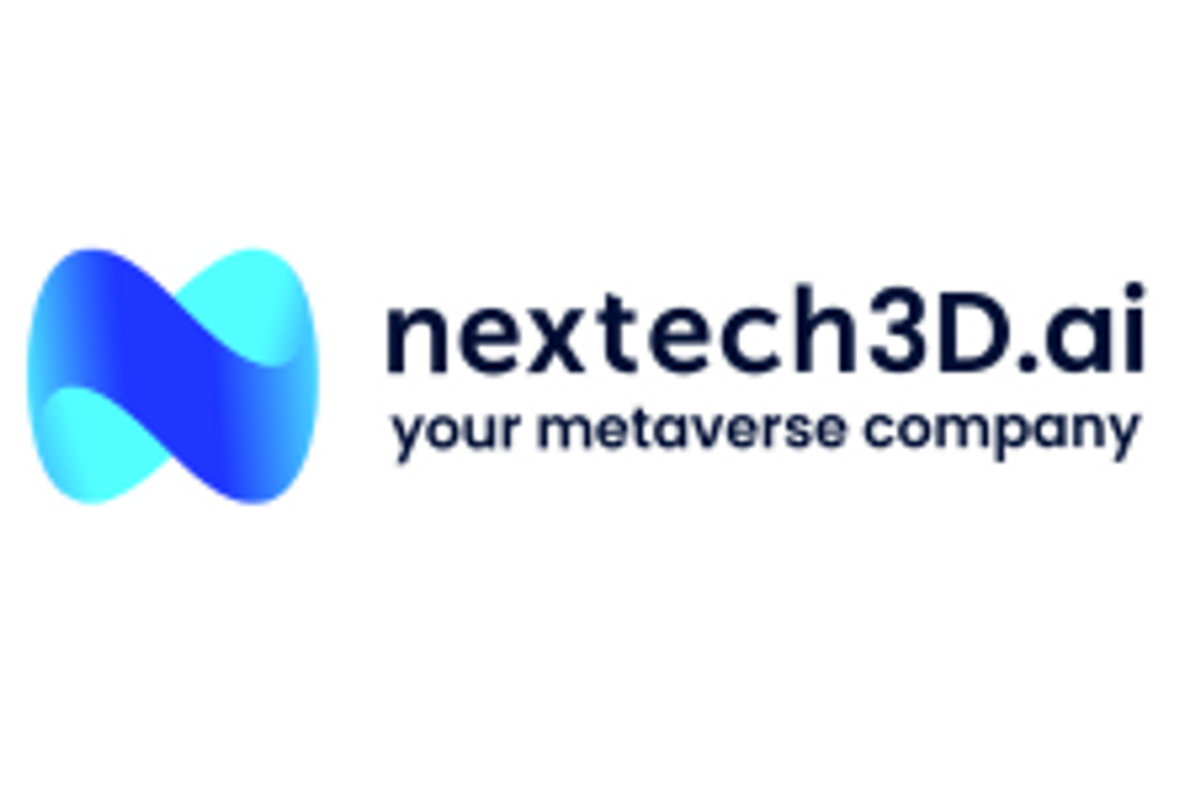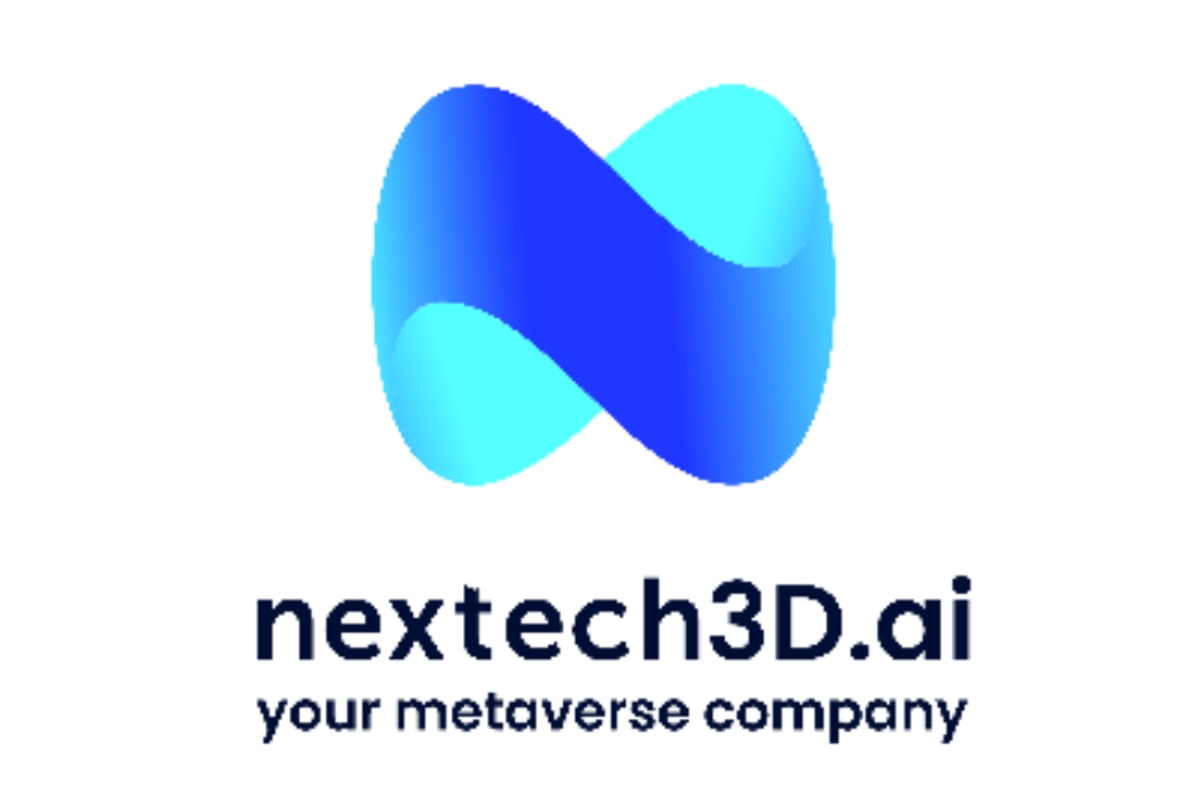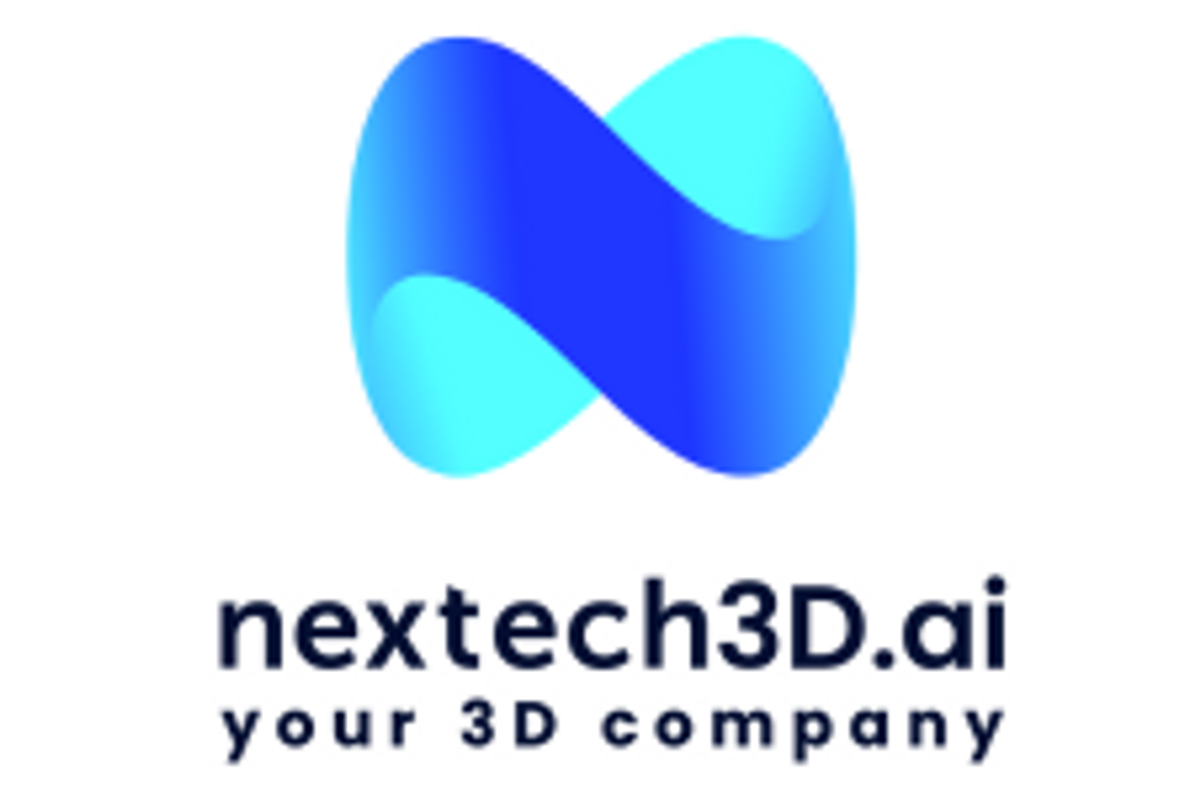
April 18, 2023
Nextech3D.ai’s (CSE:NTAR, OTCQX:NEXCF, FSE:EP2) portfolio of products and patents places the company at a competitive advantage, particularly as the advent of ChatGPT brings revolutionary artificial intelligence applications to the forefront of users and investors, according to an article published by The Silicon Review.
According to the article, Nextech3D.ai’s Ai-powered offerings focused on 3D modeling for e-commerce serve a massive market size of about $100 billion out of a $5.5-trillion global e-commerce industry
Nextech3D.ai’s AI breakthrough in 3D modeling allowed it to diversify its 3D/AR businesses such as Arway.ai, Nextech3D.ai, and Toggle3D.ai while continuing to file more patents in 2023, the article said.
To learn more about Nextech3D.ai’s generative AI technology, read the article here.
NTAR:CNX
The Conversation (0)
05 November
Nextech3D.ai
Disrupting the global events management industry with AI and blockchain
Disrupting the global events management industry with AI and blockchain Keep Reading...
10 October
CSE Bulletin: MOC Eligibility Update
The following CSE-Listed symbol will become MOC Eligible as detailed below. Symbol Company Name Effective Date AAWH.U Ascend Wellness Holdings, Inc. Wednesday October 15, 2025 LFLR LaFleur Minerals Inc. MILI Military Metals Corp. MMET Miata Metals Corp. NTAR Nextech3D.ai Corporation QIM Quimbaya... Keep Reading...
09 May 2024
Nextech3D.ai's AI Search Engine Powered by Nvidia GPUs Accelerating It's Production of 3D Models
New AI Increasing 3D Model production up to 40%Search engine has over 200,000 3D models with unlimited color and texture variations Nextech3D.ai (OTCQX:NEXCF)(CSE:NTAR)(FSE:EP2), a patented 2D-3D Generative AI-Powered 3D model supplier (Patent #11,948,248) for Amazon, Miele, P&G, Kohls, and... Keep Reading...
08 May 2024
Nextech3D.ai Receives Large 3D AI Purchase Order from Blue Chip Enterprise Customer
Nextech3D.ai Continues to Sign New & Renewal 3D Modeling Deals plus AR Visualization For Enterprise EcommerceCompany Has Expanded into AI CAD-3D Rendering to Capture Larger Market ShareNextech3D.ai (OTCQX:NEXCF)(CSE:NTAR)(FSE:EP2), a patented 2D-3D Generative AI-Powered 3D model supplier (Patent... Keep Reading...
02 May 2024
Nextech3D.ai Achieves Milestone with 3D AI Modeling Profit Margins Hitting 80% in Q2 2024 Up From 30% in 2023
Nextech3D.ai (OTCQX:NEXCF)(CSE:NTAR)(FSE:EP2), a patented 2D-3D Generative AI-Powered 3D model supplier for Amazon, Miele, P&G, Kohls, Wesfarmers Group "Bunnings" (Australia's largest listed company) and other major e-commerce retailers is excited to announce a major milestone in its 3D modeling... Keep Reading...
29 April 2024
Nextech3D.ai Reports Fiscal Year 2023 and Fourth Quarter 2023 Audited Financial Results
2023 Annual revenue growth of + 56% 2023 Annual revenue of $5 million Nextech3D.ai (OTCQX:NEXCF)(CSE:NTAR)(FSE:EP2), a patented 2D-3D Generative AI-Powered 3D model supplier (Patent #11,948,248) for Amazon, Miele, P&G, Kohls, Wesfarmers Group "Bunnings" and other major e-commerce retailers... Keep Reading...
4h
Turnium and Syntheia AI Commence Commercial Rollout of AI-Powered Communications Platform Across Partner Network
Collaboration achieves revenue-generating commercialization and scale deployment milestones
Turnium Technology Group Inc. (TSXV: TTGI) (FSE: E48) ("TTGI" or "the Company"), a global Technology-as-a-Service (TaaS) wholesale provider, is pleased to announce a global commercialization partnership with Syntheia Corp. ("Syntheia") (CSE: SYAI), a leading provider of conversational AI... Keep Reading...
16 December
Nextech3D.ai Appoints Global Head of Sales
Appointment Strengthens Sales Execution as Company Focuses on Scaling Revenue and Efficiency TORONTO, ON / ACCESS Newswire / December 16, 2025 / Nextech3D.ai (CSE:NTAR,OTC:NEXCF)(OTCQX:NEXCF)(FSE:1SS), an AI-first technology company providing event technology, 3D modeling, and spatial computing... Keep Reading...
09 December
Nextech3D.ai to Acquire Krafty Labs, Expanding AI Event Solutions for Enterprise Clients
Krafty Labs Generated 2025 Year to date Revenue of $1.1 mill with a 72% gross marginAll-Cash Deal for $600,000Acquiring a Blue Chip customers list; Google, Meta, Oracle etcNextech3D.ai Doubles Customer Base to 1000+Nextech3D.ai is Accelerating its Growth As a One-Stop AI Event Tech Suite NEW... Keep Reading...
02 December
Nextech3D.ai Announces Definitive Agreement to Acquire 100% of ARway, Streamlining Operations
Nextech already owns 15million shares or about 40% of the 38 million shares outstanding in Arway Corporation ("Arway") OTCQB: ARWYF / CSE: ARWY TORONTO, ON / ACCESS Newswire / December 2, 2025 / Nextech3D.ai (CSE:NTAR,OTC:NEXCF)(OTCQX:NEXCF)(FSE:1SS), Nextech an AI-first 3D modeling and event... Keep Reading...
28 November
Tech Weekly: Tech Stocks Recover; Meta, Alphabet Reportedly in Partnership Talks
Welcome to the Investing News Network's weekly brief on tech news and tech stocks driving the markets. We also break down next week's catalysts to watch to help you prepare for the week ahead.Don't forget to follow us @INN_Technology for real-time news updates!Securities Disclosure: I, Meagen... Keep Reading...
21 November
Tech Weekly: NVIDIA Earnings Impress, Bezos Launches AI Startup
Welcome to the Investing News Network's weekly brief on tech news and tech stocks driving the markets. We also break down next week's catalysts to watch to help you prepare for the week ahead.Don't forget to follow us @INN_Technology for real-time news updates!Securities Disclosure: I, Meagen... Keep Reading...
Interactive Chart
Latest Press Releases
Related News
TOP STOCKS
American Battery4.030.24
Aion Therapeutic0.10-0.01
Cybin Corp2.140.00




